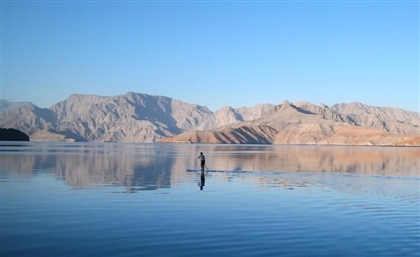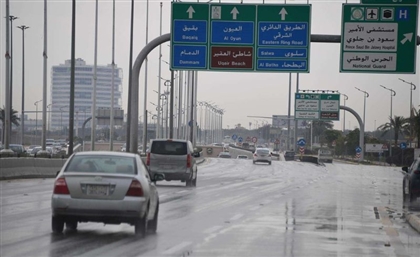This Hidden Peninsula in Oman Is Wilderness Written in Salt
In Oman’s loneliest peninsula, nature writes its own scripture in salt, sand, and silence.
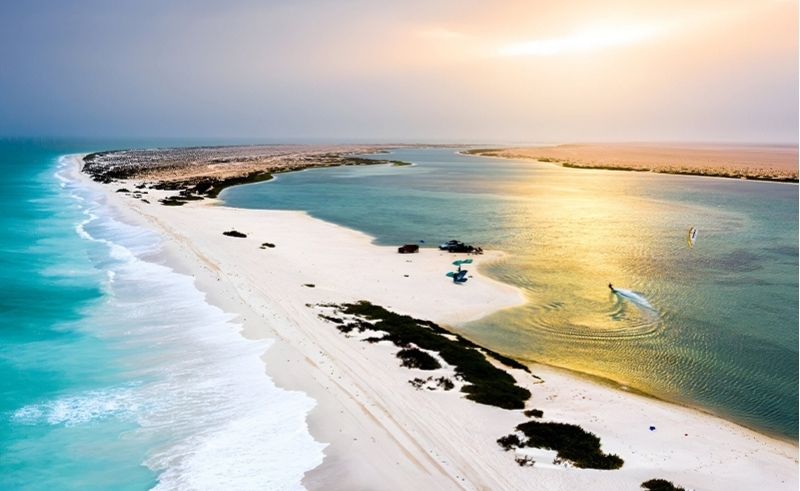
Bar al Hikman lies flat across the southeast coast of Oman, a finger of salt-rubbed land stretching into water the colour of worn glass. To get there, one must drive hours through the Al Wusta governorate, past low desert brush and long, crumbling fences, until even the road itself gives out. What remains is a salt flat—25 miles of white, hardened ground. In summer, it cracks open under the heat; in winter, it softens with rain. The sky is wide and the sun deliberate. There are no mountains, no hills, no mosques, no gas stations. Only a few palm trees stand near the entryway, and behind them: sand, wind, and sea. Everything else has stepped aside.
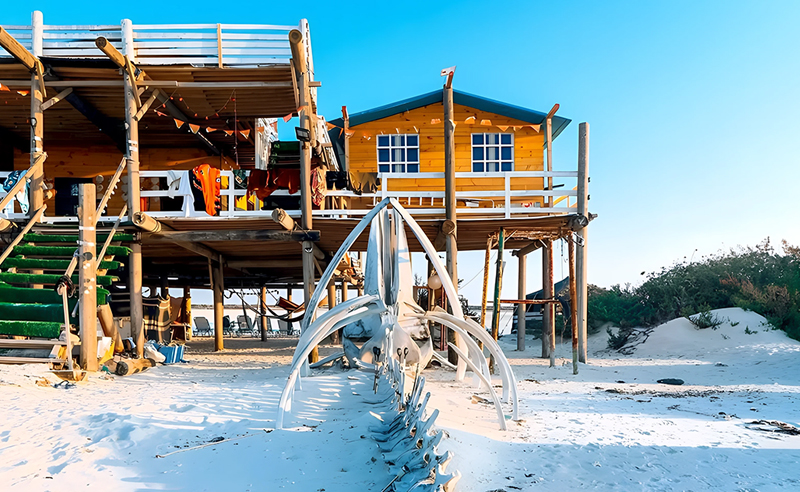
Some call it the Maldives of Oman, but that seems less like a comparison and more like a dare. Bar al Hikman doesn’t trade in turquoise clichés or curated stillness. It’s not pretty in the usual way. What it is, instead, is utterly exposed—a convergence of land and life. There are coral beds and seagrass banks hidden deep beneath the shallows. At night, green turtles nose their way across the sand, leaving trails no tide can erase. At dawn, long-legged waders flick through lagoons too shallow for swimming.
This is the kind of place where time slips off the wrist. It is a Ramsar-designated wetland now—protected for the birds that pass through it, over 140 species in all. Some come from as far as Siberia. Others, perhaps more daring, tend to stay. A few kilometers inland, at the edge of a crumbling rock outcrop, a small, pale cluster of tents marks the only place to sleep. Whales Head Camp is not a hotel in the traditional sense. There is no air-conditioning, no signal, no formal dining room. When it arrives, the food is grilled fish and warm rice, served in quiet. But it is clean and generous, and the tents face the water. In the early hours, when the wind stills and the light slips over the flats, you can see the flamingos moving through the mist like candle flames.
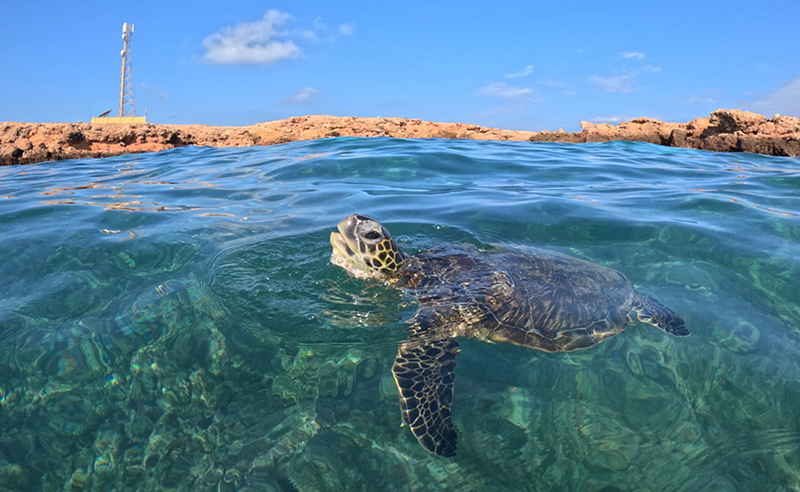
Bar al Hikman is not for everyone. There are no curated trails, no polished signs, no souvenirs. What you get is this: a landscape more mineral than soil, sandbars that shift with the tides, air so clear it turns harsh, and a kind of silence that sharpens the senses. You come for the solitude, and the solitude is total. A heron lifting off from a tidal pool. A crab reshuffling sand with a single claw. These are the moments that mark the hours.
The peninsula has stood this way for years—it was placed on Oman’s tentative list for UNESCO heritage status in 2013, but nothing about it feels protected. There are no fences keeping nature in or people out. The waves rise and fall. The birds arrive and leave. And the salt wind writes its lines across the dunes like a hand without haste.
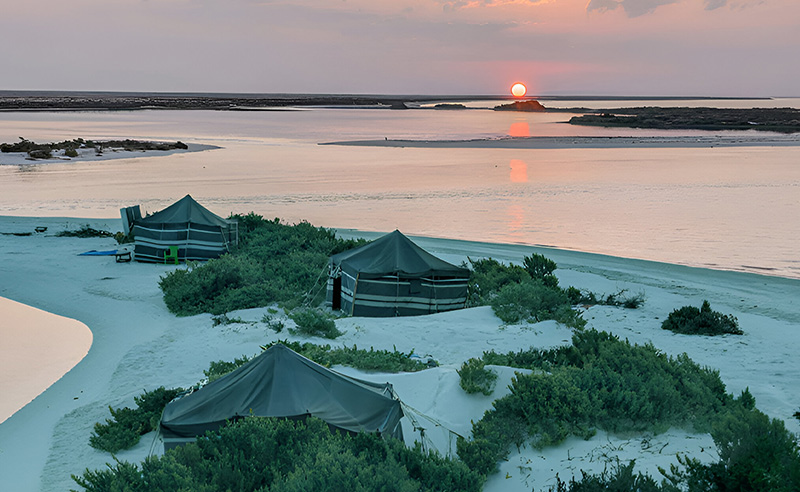
Getting here takes effort. Understanding this place, if such a thing is possible, takes time. But for those who come, and stay long enough to see the stars reflected in the tide pools at night, Bar al Hikman gives its guests something rare: a sense of the world before explanation, unmarked and undivided. A map without borders, a trip without itinerary.
And perhaps that, more than anything else, is why it’s worth the journey.
- Previous Article Egypt Reaffirms Entry Rules for Foreign Delegations at Gaza Border
- Next Article Six Unexpected Natural Wonders to Explore in Egypt









